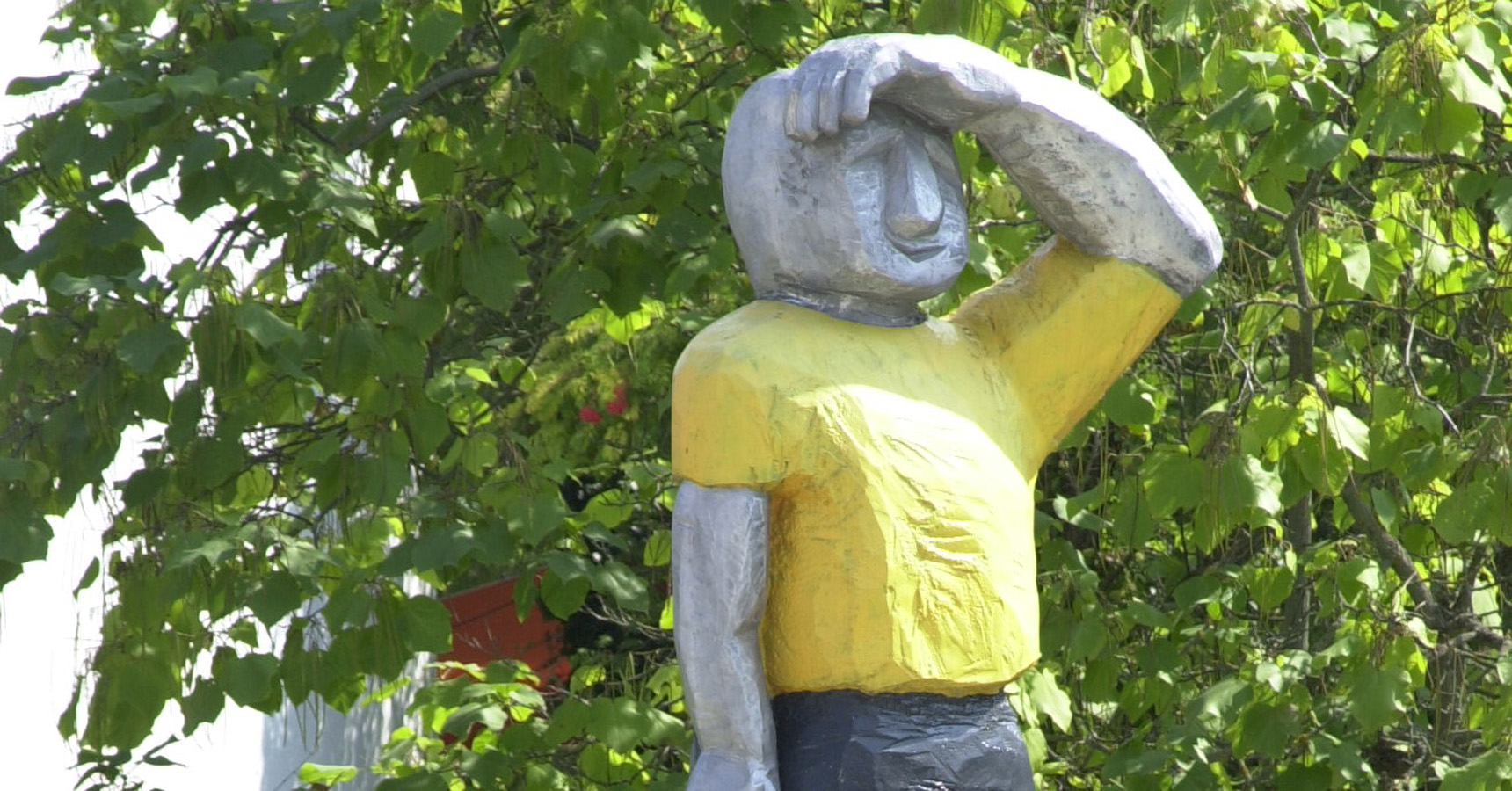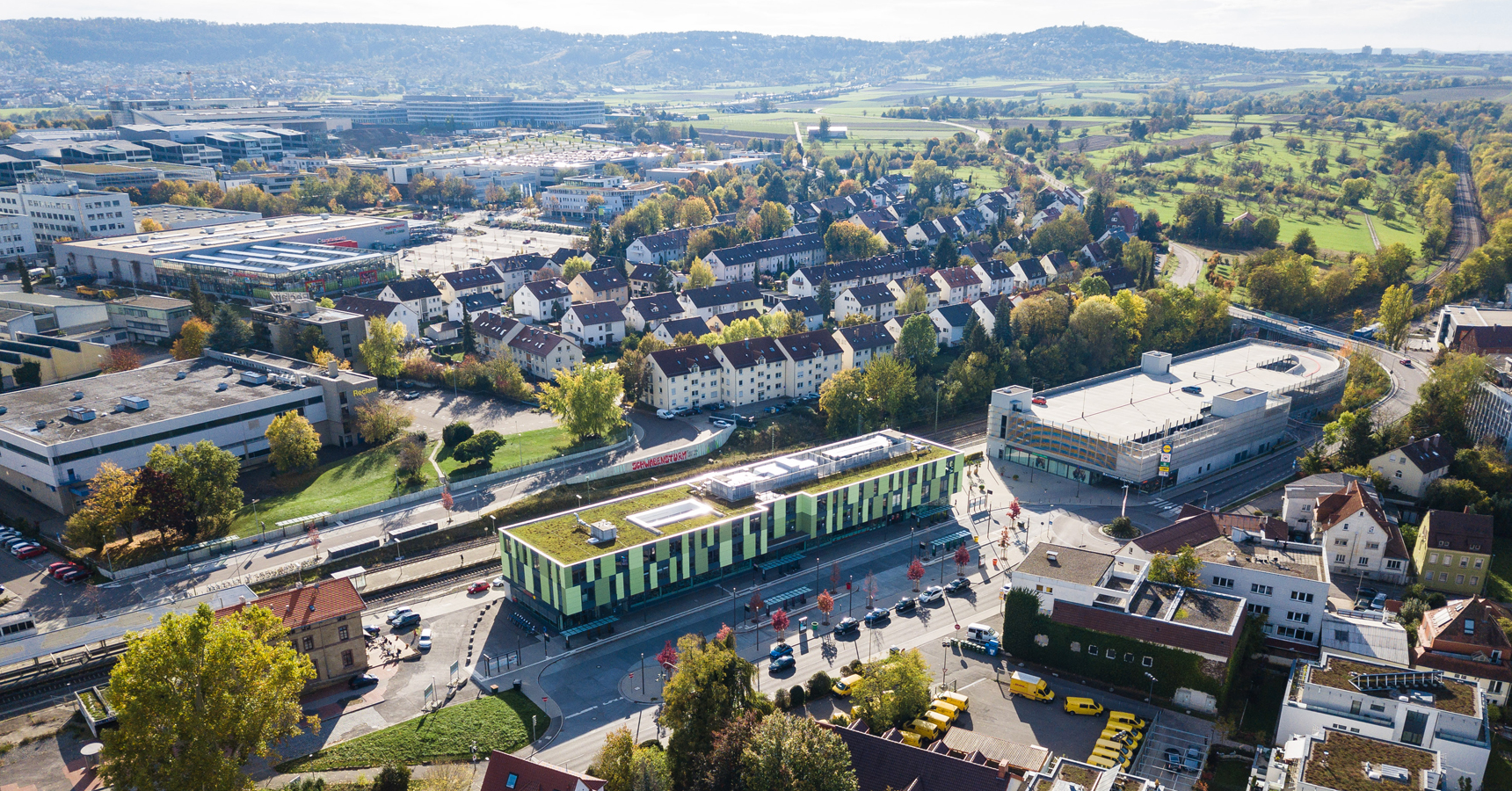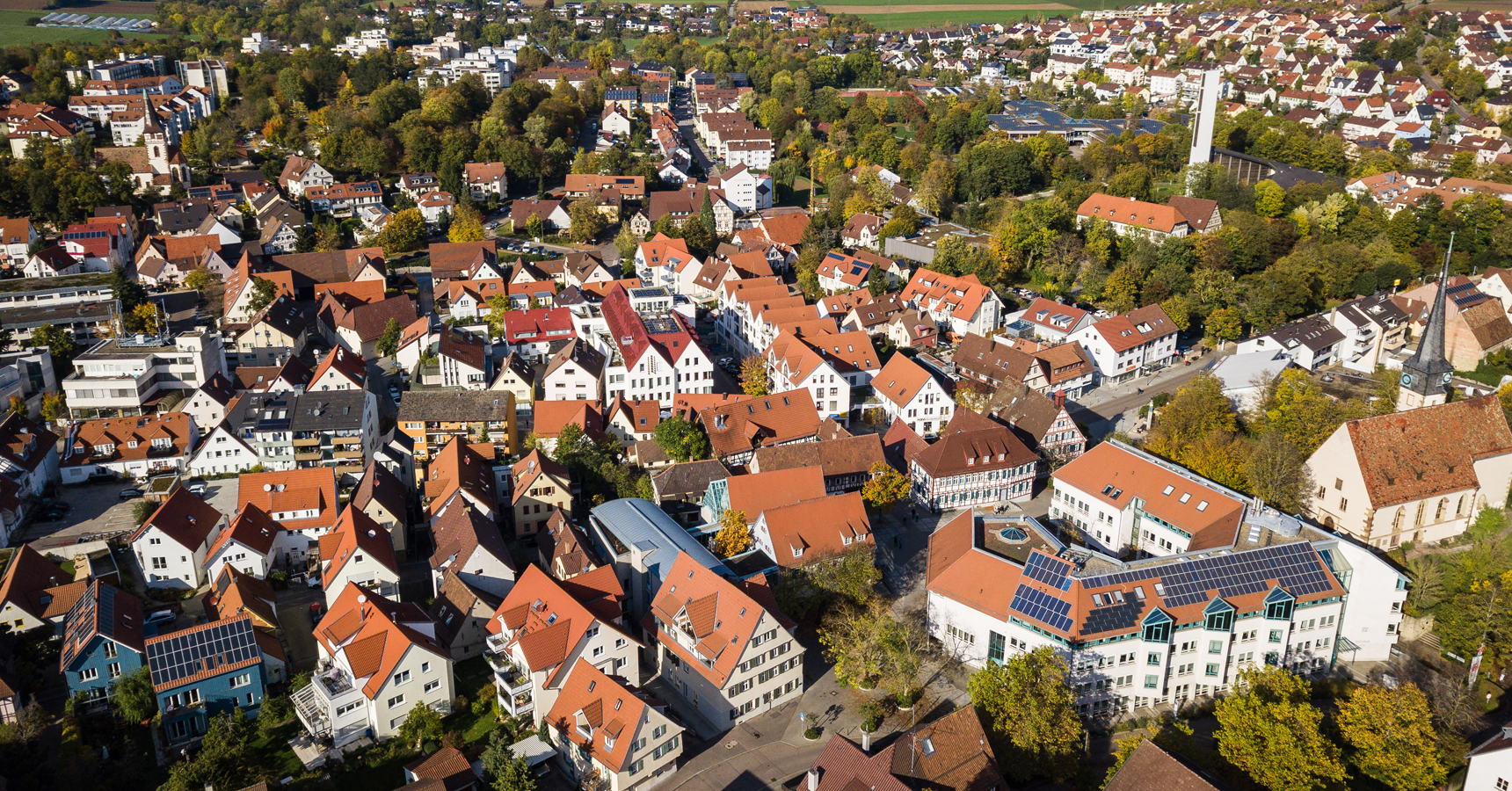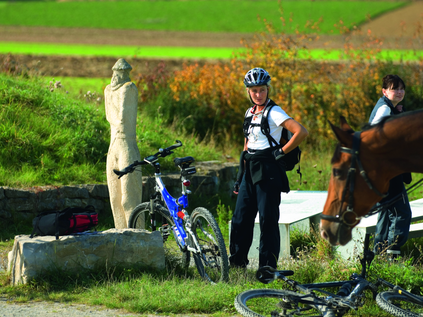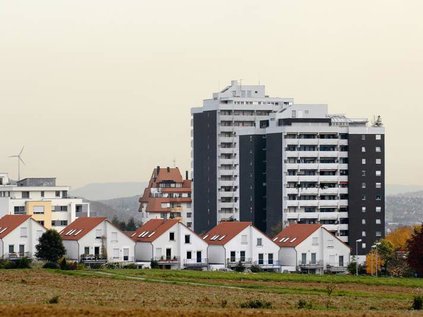Hirschlanden
An Important Example of Hallstatt Culture
Hirschlanden is able to look back over several thousand years of settlement. The famous Celtic burial mound found in 1963 is considered a significant artefact of Hallstatt culture from the 6th century B. C. Referenced together with Ditzingen, the name Hirschlanden first appeared in a deed dating from 769 A. D. During the Middle Ages, the village had a series of monastic and aristocratic landlords until it became part of Württemberg. The farmers of Hirschlanden have always been considered very prosperous ones. The Protestant parish church of Saint Oswald has both Romanesque and late Gothic sections. The nave was consecrated in 1748.
Following the Second World War, Hirschlanden became a popular residential area. The village with 400 inhabitants at the turn of the last century has evolved into a residential town of about 5,000. By rearranging the old main square at the center of the old village, an attractive town center has been created with a park and shops. Hirschlanden also offers favorable opportunities for future development.

